Neutral density filters (ND filters) are essential tools when it comes to shooting cityscapes at blue hour. Even without an ND filter, you could shoot for a few seconds of exposure (using a small aperture like f/13) when the light falls towards the end of dusk.
But those opaque filters let you take even longer exposure photos (minutes, not just seconds), and create beautiful effects such as light trails, silky smooth water, rushing clouds, etc., by slowing down the shutter speed by a certain number of f-stops.

This Marina Bay (Singapore) photo was shot with a 2-second exposure (at f/13) without using any ND filter. The sky looks good, but the water isn’t smoothed out at all, as that exposure is way too short to create silky smooth water effect that is seen in the photos to follow.
How ND Filters Make Your Exposure Longer
ND filters come in different strengths, some popular ones are 3-stop, 6-stop and 10-stop. The bigger the number, the darker the filter (i.e. the less light that is let through) and the longer the exposure will be.
For example, a base shutter speed of one second (i.e. when no filter is attached) can be extended to as long as 1024 seconds (over 17 minutes) with 10-stop ND filter attached, as each “stop” doubles the exposure time:
1 second > 2 seconds [1 stop] > 4 seconds [2 stops] > 8 seconds [3 stops] > 15 seconds [4 stops] > 30 seconds [5 stops] > 64 seconds [6 stops] > 128 seconds [7 stops] > 256 seconds [8 stops] > 512 seconds [9 stops] > 1024 seconds [10 stops]
It’s easy to calculate when a base shutter speed is a simple number like one second, but what about starting with, say, 1/15th of a second? This is where the Long Exposure Calculator app (for iOS) comes in handy and makes your life easier, as it automatically calculates a required shutter speed for you (look for an Android equivalent here).

Neutral density (ND) filter (left) and Long Exposure Calculator app (right).
Using Different Strengths of ND Filters for Your Desired Effect
In this article, we’ll take a little deeper look at when to use which ND filter for your desired effect at blue hour.
3-Stop ND Filter
I don’t use 3-stop ND filter when taking cityscapes at a waterfront, as the strength is too mild to create a silky smooth water effect. Hence, my use of 3-stop ND filter is limited for scenes that have no water to be smoothed out, such as the photo below with light trails of moving cars, which doesn’t require a very long shutter speed.

Shanghai skyline (China) shot with a 25-second exposure (f/8) using a B+W 3-Stop ND Filter (77mm). The base shutter speed was 3 seconds, ISO 100.

Singapore skyline shot with a 10-second exposure (f/13) using the same 3 -stop ND filter. The base shutter speed was 1.3 seconds, ISO 100.
This mild strength 3-stop ND filter (i.e. not so long exposure) isn’t all bad, though. It allows you to take a number of photos during blue hour, unlike more dense filters like a 6-stop ND filter where you can take no more than a few photos due to a longer exposure time required per photo.
6-Stop ND Filter
I almost exclusively use a 6-stop ND filter when shooting cityscapes at a waterfront. To create silky smooth water effects, slowing down 3 stops isn’t quite enough, but a 10-stop one is way too strong. For example, a base shutter speed of 2 seconds (i.e. with no filter attached) gets extended to 15 seconds (with 3-stop ND filter), 128 seconds (with a 6-stop ND filter) and whopping 34 minutes and 8 seconds (with a 10-stop ND filter) respectively.

Shanghai skyline (China) shot with a 164-second exposure (f/11) using a B+W 6-Stop ND Filter (77mm) in order to achieve my desired effect of silky smooth water. Had I used a 3-stop ND filter, the water wouldn’t have been smoothed out this much (base shutter speed: 2.5 seconds, ISO 100).

Marina Bay (Singapore) shot with a 163-second exposure (f/13) using the same 6-stop ND filter (base shutter speed: 2.5 seconds, ISO 100).
I typically aim to shoot with a base shutter speed of 2-3 seconds when using a 6-stop ND filter, which extends the exposure to 128 -192 seconds respectively. In order to create a silky smooth water effect, 2-3 minutes of exposure seems just right.
By the way, if you’re planning to buy only one filter for cityscape photography at blue hour, I’d recommend nothing but a 6-stop ND filter. I’ve probably photographed 90% of my cityscapes at blue hour using a 6-stop ND filter. It’s really a game changer if you are interested in doing this kind of photography.
10-Stop ND Filter
A 10-stop ND filter is a kind of special filter that lets you expose extremely long (longer than necessary in most cases!). Personally, I don’t really find 10-stop ND filter useful for shooting cityscapes at blue hour, as the exposure goes too long (even starting at a base shutter speed of 1/2 second gets extended to 8 and a half minutes), and digital noise caused by long exposure becomes too unbearable (even with in-camera long exposure noise reduction turned on).
So, this extreme filter’s use is rather limited to pre-dusk or even earlier in the day, not towards the end of dusk. In fact, one big advantage of a 10-stop ND filter is letting you take long exposure photos while the sky is still bright, which is something 3 and 6-stop ND filters aren’t up to the task of doing.
With a 10-stop ND filter, I usually aim to shoot with a base shutter speed of 1/4 or 1/3 second which is extended to 256 and 341 seconds respectively. I tend to avoid an exposure that exceeds 6-7 minutes, as long exposure noise starts to creep in.
Such a base shutter speed (1/4 or 1/3 second) can normally be achieved around sunset time or before, therefore you don’t really see deep bluish hue that’s typically seen at the prime time of the blue hour. Instead, your photo will have a surreal look that is very unique and distinctive to 10-stop ND filter.

Singapore skyline shot with a 258-second exposure (f/8) using B+W 10 Stop ND Filter (77mm) with a base shutter speed of 1/4 second, ISO 100.

Singapore skyline shot with a 259-second exposure (f/7.1) using the same 10-stop ND filter (base shutter speed: 1/4 second, ISO 100).
Conclusion
I hope this post helps you get started with shooting cityscape photos at blue hour using neutral density filters. I’m sure that you’ll be hooked in no time and can no longer shoot cityscapes at blue hour without one!
If you have any questions or tips to share, feel free to do so in the comments below.
The post Tips for Using Neutral Density Filters for Cityscape Photography at Blue Hour appeared first on Digital Photography School.



























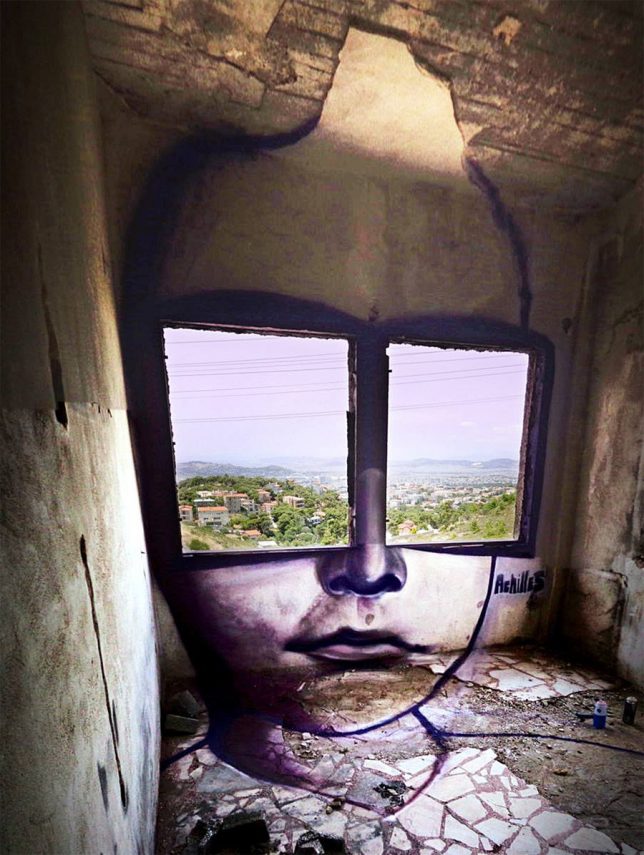

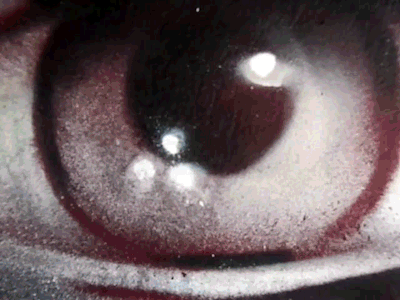
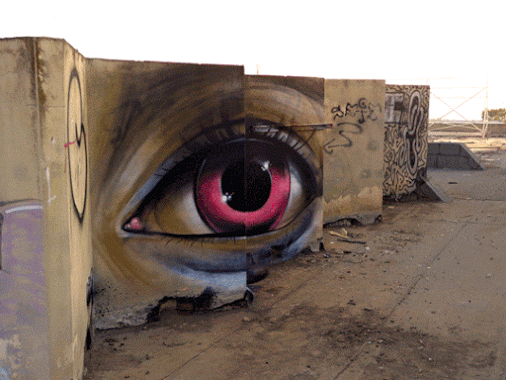
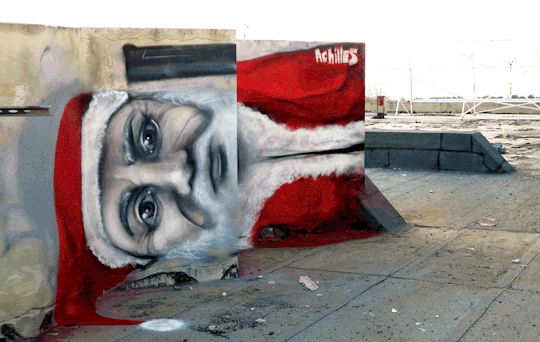












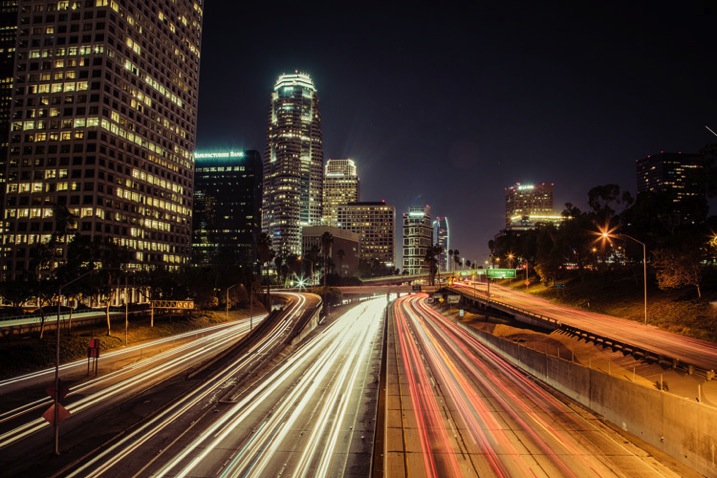
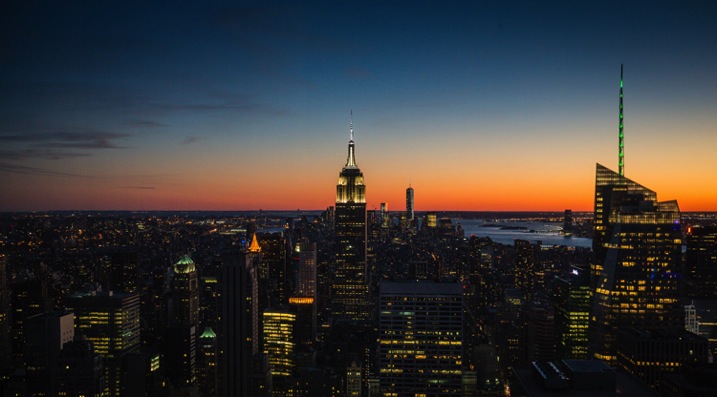
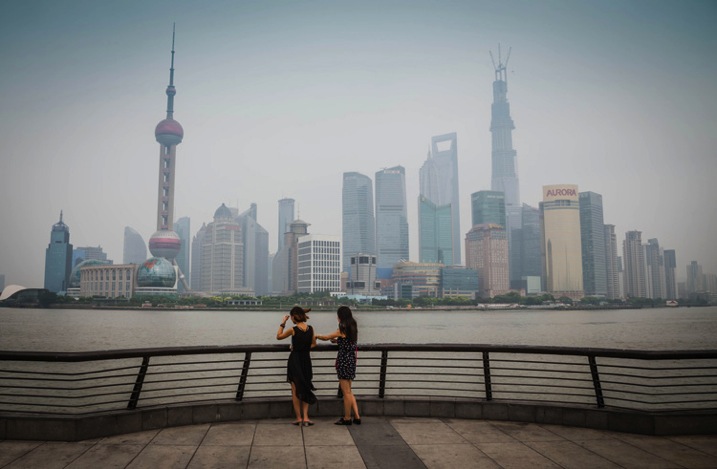
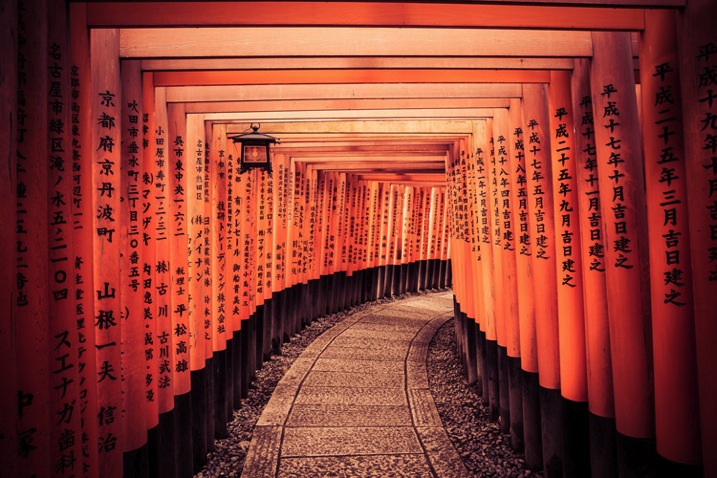
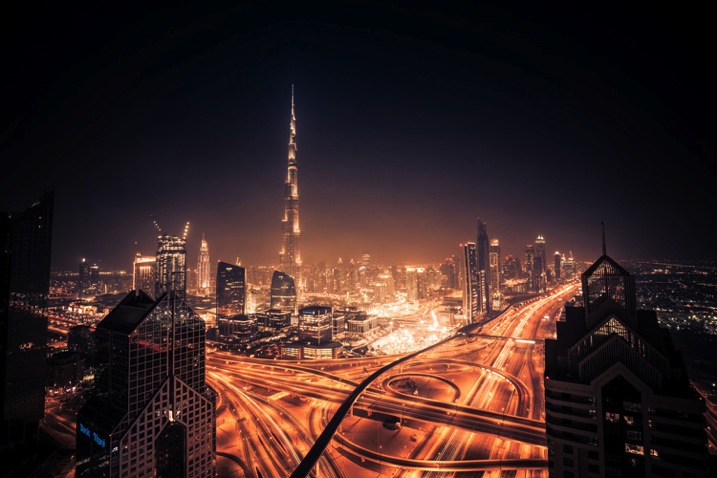
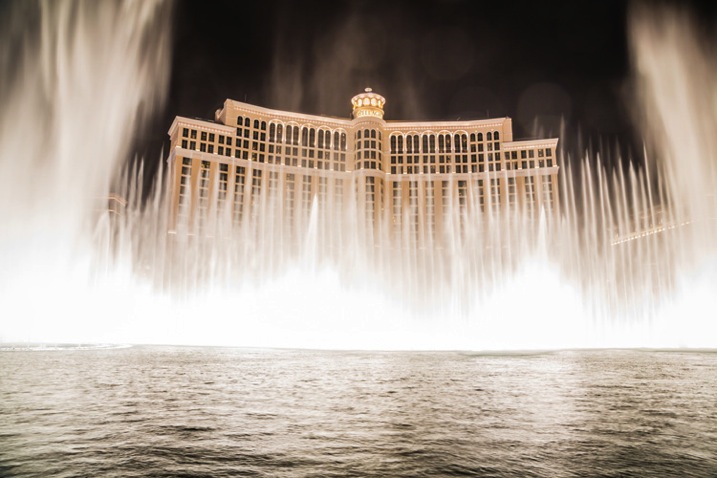



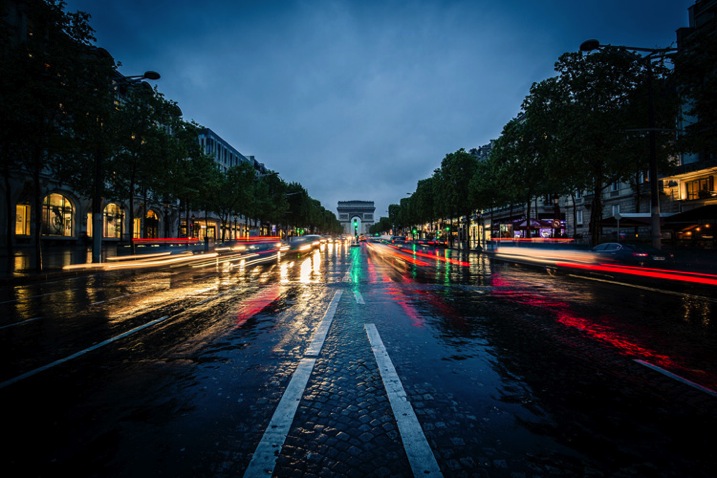



































You must be logged in to post a comment.